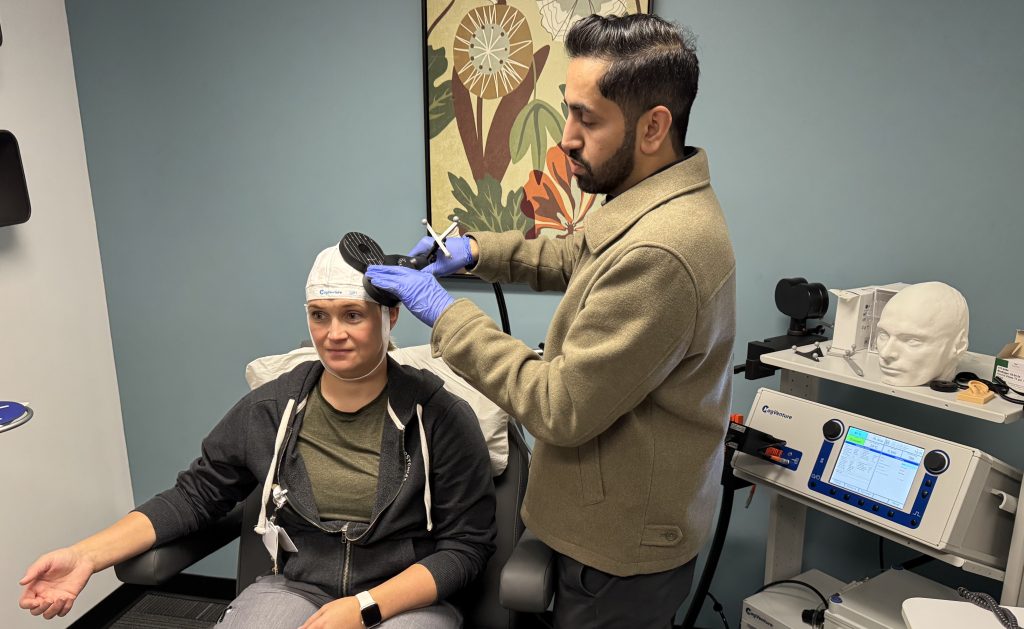SACRAMENTO, Calif.—The integrated healthcare delivery system Sutter Health released its financial statements—one of the toughest financial years in Sutter’s 100-year history. In 2020, Sutter Health responded to the COVID-19 pandemic and managed the pandemic’s vast impact across its network. Costs from these and other challenges within Northern California contributed to operating losses of $321 million and a negative 2.4%* operating margin.
Investment income helped offset some losses associated with operations as the organization ended the year with $134 million in 2020 income. Sutter Health posted $645 million in investment income and changes in net unrealized gains and losses from investments in 2020, compared to $737 million the prior year.
Sutter invested heavily to secure personal protective equipment and ventilators, and to convert space and support patients and staff. As Sutter cared for those with COVID-19, it simultaneously saw a drop in patients coming in for routine and non-emergency care.
“We responded to great adversity and, with the support of our amazing staff, our integrated network rose to the occasion and provided life-saving care to our patients and communities,” said Sutter Health President & CEO Sarah Krevans. “We invested heavily to respond to the pandemic because it was the right thing to do, but it came at a cost as we experienced one of the toughest financial years in Sutter’s 100-year history. It will take several years to fully recover. We will take the necessary steps to make our operations sustainable, while continuing to provide high-quality care and keep our patients, clinicians and communities safe.”
Global Health Crisis Further Heightens Affordability Challenges
In response to the COVID-19 pandemic, Sutter invested heavily early on to convert space, support impacted staff, and secure personal protective equipment and supplies such as N95 masks and ventilators—all while patient volumes declined. Rather than lay off or furlough staff early in the pandemic, Sutter made the decision to pay staff to be ready to care for patients in a surge or when patient volume rebounded. To date, patient volume has not rebounded to pre-pandemic levels. Sutter spent at least $121 million on COVID supplies, equipment and technology alone, not counting the additional outside staffing costs of responding to the pandemic.
These expenses, combined with unpredictable patient numbers and disruptions due to multiple natural disasters over the past few years, significantly impacted Sutter’s financial situation and already declining operating margins.
The pandemic exacerbated the structural challenges Sutter has been working to address over the past several years. Northern California is home to 11 of the 12 highest hospital wage indexes in the country, which helps make the costs of delivering care here more expensive. Labor costs represent more than 60% of Sutter’s total operating expenses. Costs in many areas are steadily increasing, including satisfying regulatory requirements, facility upgrades and life-changing technology investments. Since 2007, Sutter has invested $4.62 billion on seismic retrofit-related capital projects alone.
Sutter is driven by its not-for-profit mission, which includes making care accessible to underserved communities. Like other hospital systems, this requires significant investment because Medi-Cal and Medicare products generally do not cover the cost to deliver care in Northern California. OSHPD data from 2019 showed that more than 60% of Sutter’s hospital gross charges come from government payers. Also, that same year, the Sutter network reinvested more than $2 billion to cover the unreimbursed cost of delivering care to patients covered by Medicare and Medi-Cal plans, as it continues to care for more Medi-Cal patients in its hospitals than any other health system in Northern California.
Even with the significant losses from government programs and declining government payer reimbursement, Sutter continues to keep its average overall commercial rate increases at nominal levels. Sutter’s costs exceeded revenue, and such a trajectory seems unsustainable, particularly as both COVID and the healthcare industry’s structural challenges will remain for the foreseeable future. As such, Sutter has begun a sweeping review of its operations and finances. This includes restructuring and closing some programs and services that are seeing fewer patients and redeploying staff to busier parts of its integrated network. The organization’s financial recovery will not happen overnight, but it is committed to making operations sustainable so that Sutter can continue to serve its communities and provide the high-quality care Sutter is nationally recognized for delivering.
Care for the Underserved
Despite its challenges, Sutter Health invested nearly $1.03 billion in the community last year, an increase of about $200 million over 2019. This includes traditional charity care and the unreimbursed costs of providing care to Medi-Cal patients, as well as investments in community health programs.
- As part of Sutter Health’s commitment to fulfill its not-for-profit status and serve the most vulnerable in its communities, Sutter Health’s hospitals and medical foundations along with other aligned healthcare providers, offer charity care to ensure that patients can access needed medical care regardless of their ability to pay. Sutter’s charity care policies, which have been in place for many years, offer financial assistance to uninsured and underinsured individuals earning less than $51,520 a year or $106,000 for a family of four. In 2020, Sutter Health invested $109 million in charity care.
- Overall, since the implementation of the Affordable Care Act, greater numbers of previously uninsured people now have more access to healthcare coverage through the Medi-Cal and Medicare programs. The payments for patients who are covered by Medi-Cal and Medicare do not cover the full costs of providing care. In 2020, Sutter Health invested $698 million more than the state paid to care for Medi-Cal patients, an increase of almost $200 million over 2019.
- Through community benefit investments, Sutter helped local communities access primary, mental health and addiction care, and basic needs such as housing, jobs and food.
Community-Based Investments to Enhance Access and Equity within Healthcare
Amid all of these circumstances, Sutter remained steadfastly focused on serving its communities, enhancing access to high-quality healthcare and lowering the total cost of care. Immediate and necessary investments due to COVID-19 took precedence in 2020. Yet, the organization still spent $431 million to modernize its facilities, although it will reassess future capital in light of its current financial situation. Renovations continued in 2020 that will expand care capabilities at Sutter Santa Rosa Regional Hospital and Sutter Davis Hospital. Sutter Roseville Medical Center expanded its emergency and critical care services a month early as it prepared for a surge of COVID-19 patients. Additionally, renovations began in late 2020 at several locations that house our large-scale COVID-19 vaccination clinics. Sutter scaled rapidly and, pending vaccine availability from the state, has the capacity to vaccinate tens of thousands of patients a day thanks in part to these larger sites.
Sutter Health also continued to support new ways of delivering safe, high-quality care through life-changing technologies and programs. If there’s a silver lining to the pandemic, it’s that necessity fueled rapid adoption of virtual care. Telehealth and in-person care are both essential parts of the overall care experience. In 2019, Sutter conducted 7,400 video visits. In 2020, that number was more than 1 million. Telehealth has been especially important to vulnerable populations who otherwise struggle to access the treatment they need. Telehealth has helped reduce no-show rates for appointments and kept patient care plans on track, which can improve overall health and wellness over the long term.
The disproportionate impact of COVID-19 on minority communities also highlighted the widespread inequity in our country’s healthcare system. Sutter Health, with help from generous donors, launched its Institute for Advancing Health Equity in 2020, building upon more than a decade of health equity research. The Institute will serve as an innovation incubator, sponsoring research, promoting clinical and community-based initiatives, and developing trainings to eliminate health disparities within Sutter’s integrated network and across the United States.
See more about how Sutter Health keeps our care connected so patients receive personal, coordinated and high-quality care across our integrated network: https://keepingourcareconnected.org.
| Sutter Health 2020 Financial Results | ||
| Dollars in millions | ||
|---|---|---|
| 2020 | 2019 | |
| Operating Revenues | $13,220 | $13,304 |
| Operating Expenses | 13,541 | 13,852 |
| (Loss) Income from Operations | (321) | (548) |
| Investment Income | 205 | 246 |
| Change in net unrealized gains and losses from investments | 440 | 491 |
| Other components of net periodic postretirement cost | 78 | – |
| Loss on extinguishment of debt | (202) | – |
| (Loss) Income | 200 | 189 |
| Less income attributable to noncontrolling interests | (66) | (75) |
| (Loss) Income attributable to Sutter Health | 134 | 114 |
| Capital Investment | $431 | $662 |




